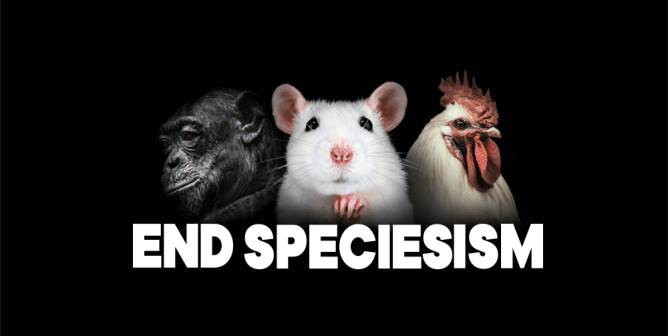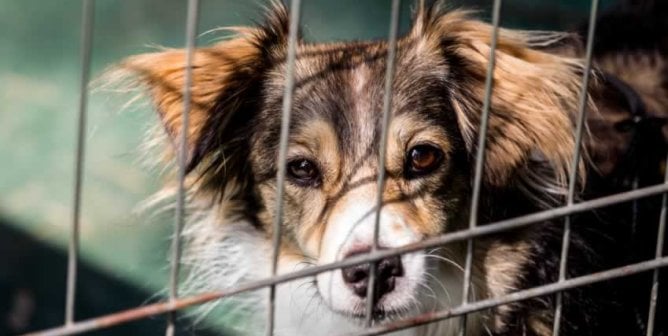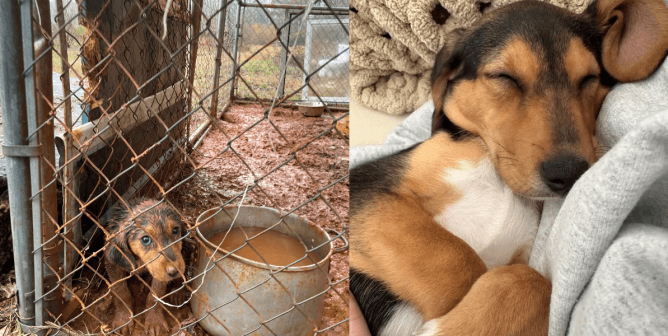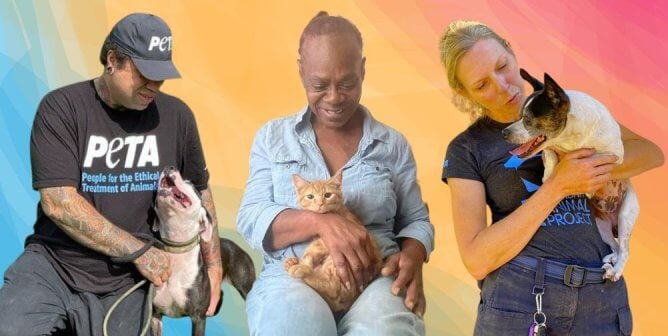‘Does PETA Kill Animals?’ and Other Questions About PETA’s Shelter, Answered
In April, our fieldworkers encountered Boe, a severely emaciated pit bull who’d been kept chained outdoors his entire life, trapped and neglected. He was suffering from cancer, too. Had PETA not intervened, this dog would’ve endured a slow, agonizing death—outdoors, alone, and on a chain. Thanks to our field team’s efforts, though, we were able to provide him with a gentle, pain-free passing. So is it true, as industry front groups maintain, that “PETA kills animals”? For vulnerable ones like Boe, we offer free euthanasia services to prevent avoidable suffering for these oft-neglected animals. Keep reading for a more detailed answer to the question “How does PETA help animals?”
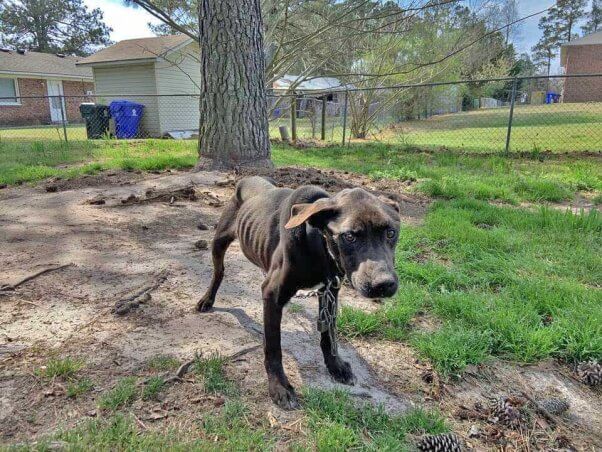
What Is PETA’s Shelter?
Unlike selective-admission shelters (often misleadingly referred to as “no-kill” shelters), PETA operates what could be called a “shelter of last resort”—a safe place where no animal is turned away, ever. When impoverished families can’t afford to pay a veterinarian to provide incurable, untreatable, elderly, or sick animals with an end to their suffering, PETA will help. When an aggressive, unsocialized dog has been left to starve on a chain, with a collar grown into his neck and his body racked with mange, we will prevent him from dying slowly and miserably in someone’s backyard. As Virginia officials speaking about our shelter acknowledged to USA Today, “PETA will basically take anything that comes through the door, and other shelters won’t do that.”
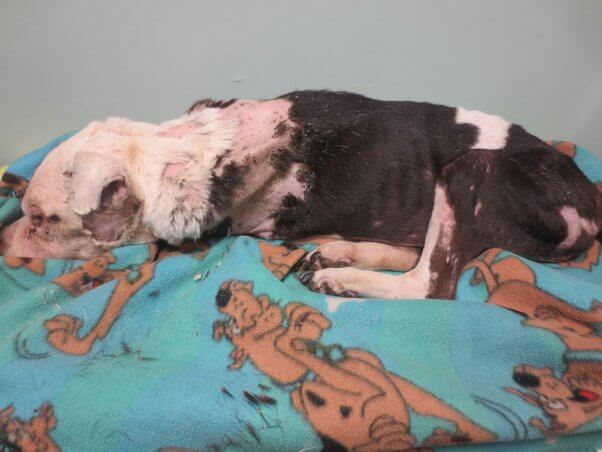
Is PETA Ethical?
PETA takes action for animals, and we act honestly and with integrity. Because of our code of ethics, we’ll never turn our back on an animal in need. But we will provide irremediably suffering animals with a painless, peaceful passing.
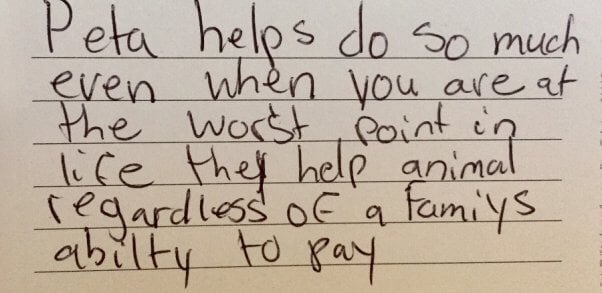
Does PETA Really Care About Animals?
Is water wet? Yes, PETA cares about animals—it’s why we take uncompromising stands on animal rights. And our stances (including our position on euthanasia) always support our driving mission: to stop animal abuse worldwide.
It’s because we care about animals, including those kept as companions, that we provide services in our community: In addition to free end-of-life services, our fieldworkers supply dog and cat food to guardians fallen on hard times, grooming services to dogs covered with matted fur, and low- or no-cost spay/neuter services. They also help transfer adoptable animals to our wonderful placement partners (such as the Virginia Beach and Norfolk SPCAs)—adoption centers with high foot traffic.
As of July, our field staff and mobile spay/neuter clinic have also helped sterilize more than 181,000 animal companions, preventing millions of unwanted puppies and kittens from being born into a world with more dogs and cats than there are suitable homes for them.
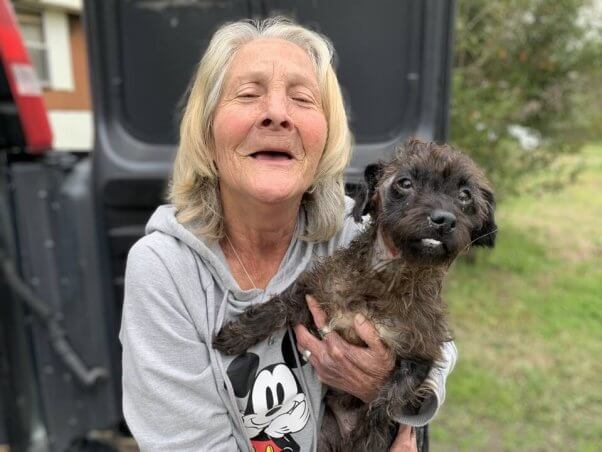
Why PETA ‘Kills’ Animals
If you’ve ever lived with an animal companion—a dear friend—who was suffering from an incurable condition or at the end of his or her life, you probably know that a peaceful passing was the final act of care that you could do for him or her. PETA’s shelter, like many other open-admission shelters across the country, offers community services that include free euthanasia to spare animals pain and allow their guardians—regardless of means—to ensure their comfort to the end.
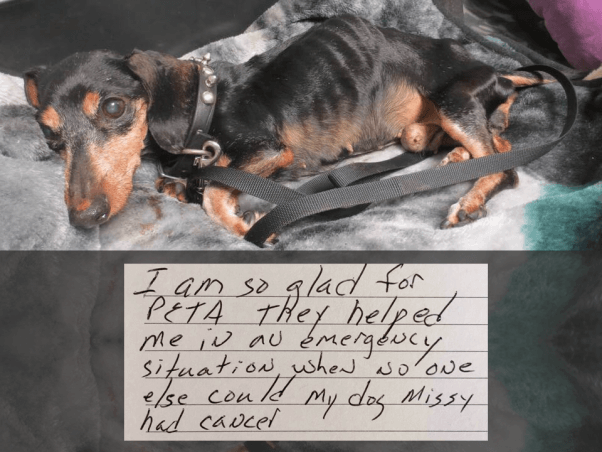
Many of the animals euthanized at PETA’s shelter were brought to us by loving but destitute guardians (like Missy’s, above) who were desperate to relieve their animal companions’ suffering resulting from old age, illness, or injury. Many of the others—feral, aggressive, and otherwise unadoptable animals—had been turned away by facilities with “no-kill” policies, which reject unadoptable animals in order to keep their euthanasia statistics appealing (a gimmick you’ll never catch PETA using).

Front groups for animal-exploiting industries—like the misleadingly named Center for Consumer Freedom (CCF)—try to deceive the public about this aspect of PETA’s work to help animals. But we and our members and supporters know our truth: We are against all needless killing, whether it’s for experimentation, food, clothing, or entertainment. The progress we are making in these areas makes companies that profit from these cruel industries fear for their bottom line—so much so that many, including KFC, Outback Steakhouse, and cattle ranchers, have resorted to paying the CCF to attack our work.
How Many Animals Does PETA ‘Kill’ vs. Save?
The CCF tries to make it seem as though solving the homeless-animal crisis is as simple as setting up huge kennels in which to keep all the sick, dying, and unwanted animals. Money does not find good homes, but even if it could and even if PETA could build sky-high cages, warehousing animals indefinitely is inhumane and does nothing to stop the root of the problem—uncontrolled breeding. This is why we put so many resources into our Mobile Clinics Division. Check out the chart below to discover how many animals we’ve helped find homes, get sterilized, and be euthanized in the last five years:
Year | Transferred to a partner shelter for a chance at adoption | Adopted out ourselves | Spayed or neutered (low or no cost) | Retention cases* | “Backyard dogs” helped | Euthanized |
| 2019 | 808 | 53 | 12,561 | 984 | 7,000+ | 1,614 |
| 2018 | 660 | 45 | 11,464 | 933 | 7,000+ | 1,798 |
| 2017 | 586 | 54 | 13,317 | 812 | 7,000+ | 1,864 |
| 2016 | 488 | 80 | 15,107 | 493 | 7,000+ | 1,428 |
| 2015 | 451 | 94 | 11,929 | 305 | 6,000+ | 1,502 |
*A retention case is one in which we assist indigent families in keeping animals they were about to give up by providing them with food, grooming services (such as trimming nails, brushing out or raking double-coated dogs, or shaving matted dogs), and free medical services—including repairing prolapsed organs, performing lifesaving surgeries on dogs suffering from dangerous uterine infections, amputating broken tails, removing tumors and ruptured growths, and performing drainage surgery for hematomas and infected wounds as well as treating ear, skin, and upper respiratory infections.
Not only has our number of retention cases grown steadily over the years, since 1998—thanks to our kind members and supporters—we’ve also been able to give 7,403 sturdy, custom-built PETA doghouses to dogs who would’ve otherwise languished without adequate shelter in the scorching summer sun and suffered miserably during Virginia’s and North Carolina’s freezing winters. In total, our fieldworkers and mobile clinic staff helped more than 26,000 companion animals in 2019 alone.
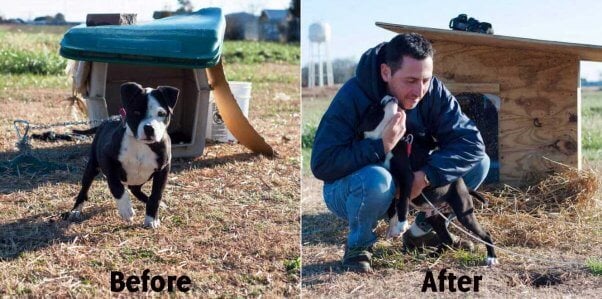
How Does PETA Help Animals?
We’re the largest animal rights organization in the world, and our fieldworkers’ efforts and nationwide work to promote adopting, not shopping are just the tip of the iceberg when it comes to our work to alleviate suffering. Through information for the public, cruelty investigations, research, legislation, special events, celebrity involvement, protests and demonstrations, and campaigns, we work to dismantle speciesism—a human-supremacist viewpoint used to defend treating other living, feeling beings like research tools, food ingredients, fabric, or toys.
Thanks to the efforts of PETA and our members and supporters, countless victories have been scored for animals, including dogs and other animal companions: California banned the sale of dogs, cats, and rabbits from breeding mills; the state of New York and numerous U.S. cities have banned declawing; and—thanks to a desperately needed tethering bill—dogs in Virginia are far less likely to die on a chain.
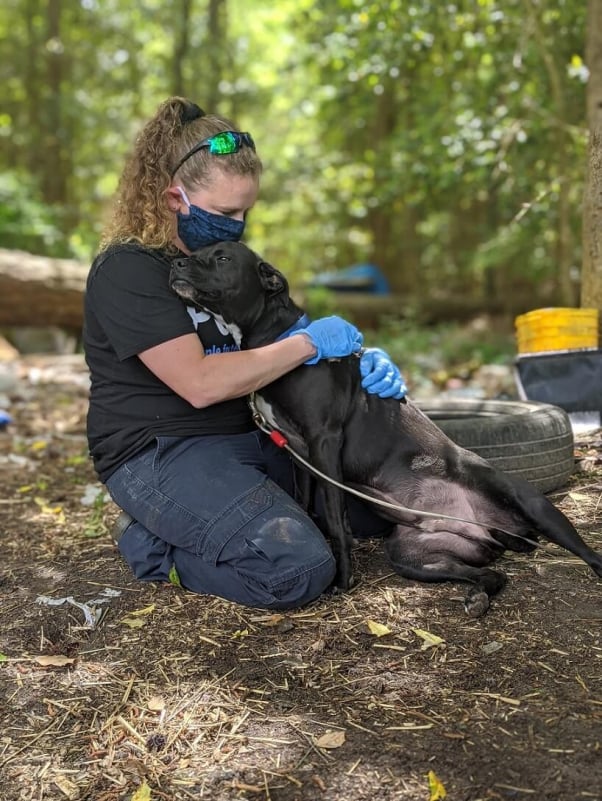
How Can We Stop Animal Homelessness Before It Starts?
Euthanasia isn’t the enemy—puppy mills, breeders, and irresponsible owners who bring more dogs and cats into a world that doesn’t offer them all the chance for a home are. And the best way to make a positive impact for these animals is by passing spay/neuter legislation and implementing a full-scale ban on breeding. If you care about dogs, cats, and other companion animals, please, join us in working toward the day when every one of them has a loving home.

